With the legalization of hemp in many countries and the rising popularity of medicinal CBD oil, many people wonder, how much money can you make growing hemp?
As hemp is one of the most versatile crops you can grow, the answer is not as straightforward as other crops, and profitability varies depending on the purpose of your hemp crop.
The three main products derived from hemp are oils, seeds and fibers, each of which has different requirements and profitability.
Read on to learn what hemp is, the different products you can produce from your hemp crop, and how much money you can make with these products.
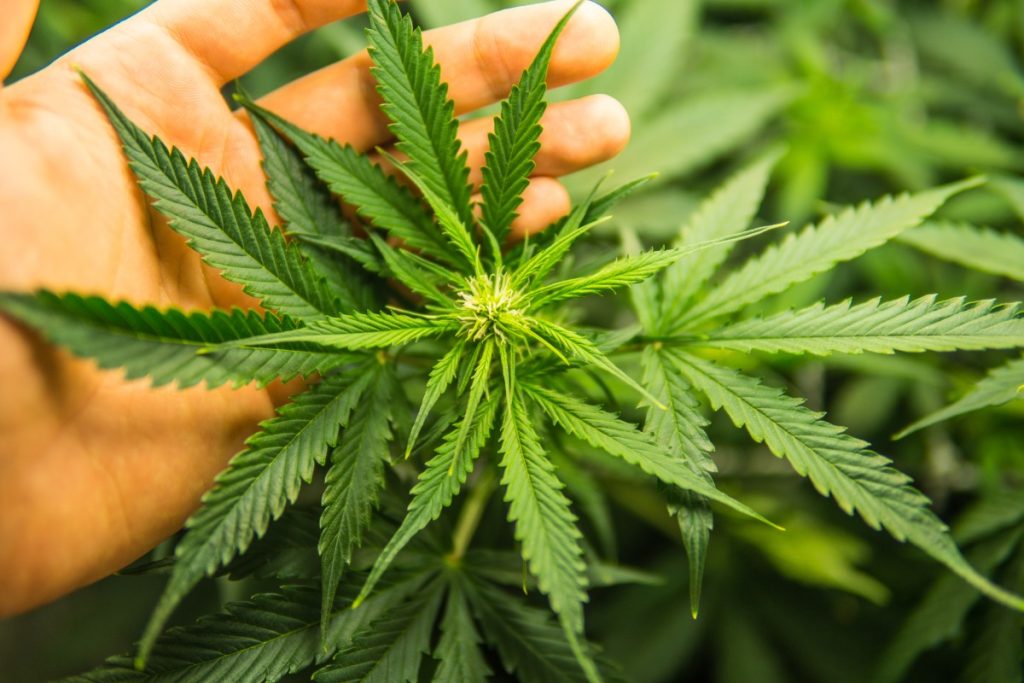
What is Hemp?
Hemp (Cannabis sativa) is an aromatic, annual herb that people have cultivated for thousands of years for fiber, seeds and oil.
Although people throughout history cultivated hemp for its durable fibers and nutrient-rich seeds, many countries have restricted planting this beneficial crop due to its psychoactive qualities.
And while hemp is the same species as the cannabis plant cultivated for recreational purposes, it contains very low levels of tetrahydrocannabinol (THC), the compound that produces a high.
Over the years, hemp cultivators bred strains of Cannabis sativa for two distinct purposes.
Some cultivators selectively bred certain strains to be high in psychoactive cannabinoids like THC, while others bred strains that produce better fibers with high CBD levels and low THC levels.
In the United States, they define hemp as cannabis that contains less than 0.3% THC, and in the UK, it’s legal to grow hemp as long as the plants contain less than 0.2% THC.
This definition of hemp is purely for legal purposes, and many countries use different numbers to differentiate hemp from cannabis.
For example, the Czech Republic, Switzerland and some Australian states define hemp as cannabis containing less than 1% THC, and in Italy, the number is 0.6%.
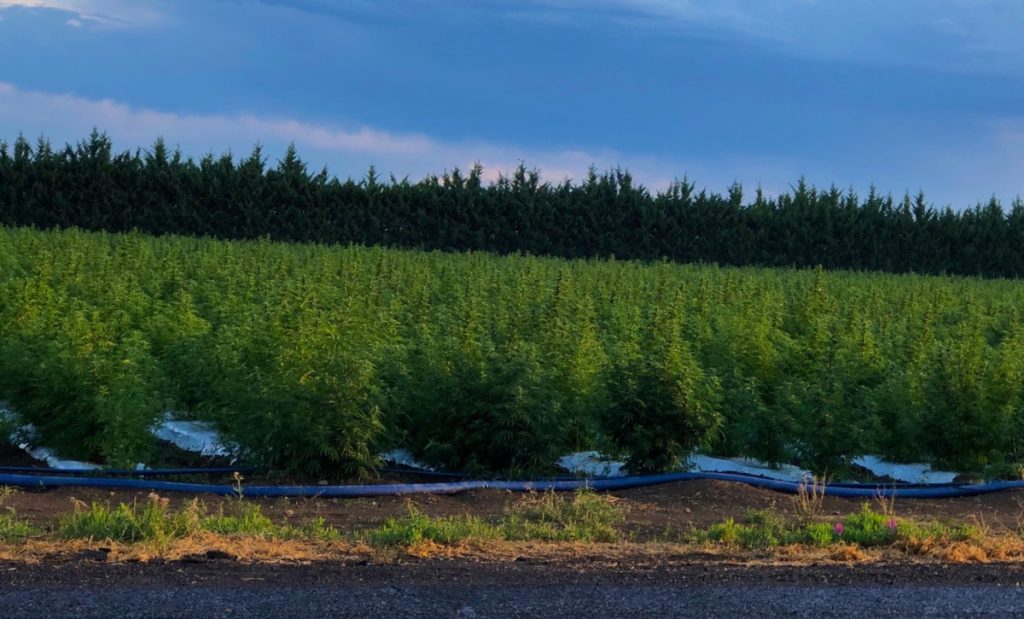
What is Hemp Used For?
Every part of the hemp plant has numerous applications. Because they’re so versatile, hemp plants provide several money-making options.
Here are some common ways people use different parts of the hemp plant:
Hemp Stalks
The stalks of hemp plants have two layers; an outer layer of strong, durable bast fibers and an inner layer of woody pith.
Manufacturers use both layers to create a range of materials. But the bast fibers in the outer layer are sought after for their strength and durability making them more valuable than the woody pith.
Because hemp, like bamboo, is fast-growing, it’s considered a sustainable source of fiber for industrial products.
People use hemp stalks to make a wide range of products, including:
- Rope, string and other twines
- Paper
- Coarse fabrics like sacking and canvas
- Textiles for clothing
- Insulation
- Hempcrete
- Bioplastics
- Mulch
- Livestock feed and bedding
- Biofuel
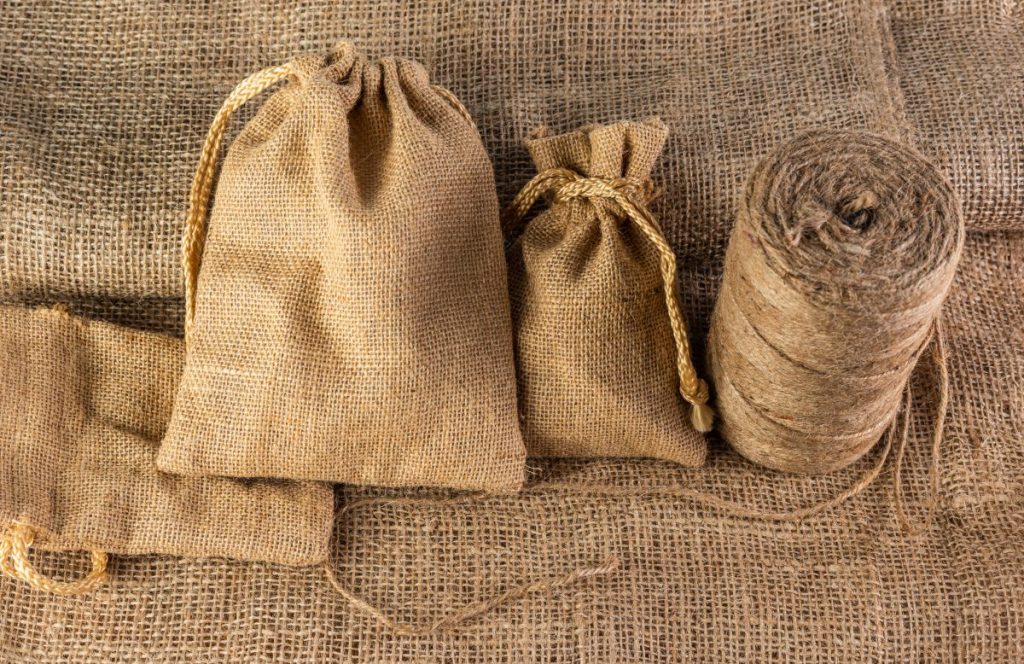
Hemp Leaves
Hemp leaves are rich in polyphenols and other beneficial compounds, including CBD, and you can use them in several ways, including:
- As an ingredient in healthy smoothies
- Combined with hemp flowers to make essential oils and tea
- Eaten raw in salads
- Dried and used in infusions
- Added to homemade soap and skincare products
Hemp Flowers
Hemp flowers from female plants are the primary source of CBD, but the stalks and leaves of hemp plants also contain CBD.
Hemp seeds and hemp roots are the only parts of the plant that don’t contain CBD.
The hemp CBD market uses two different products, smokable hemp flowers and CBD extract, which is an oil.
Smoking hemp flowers is not addictive, will not get you high, and delivers the benefits of CBD faster than CBD drops or creams.
CBD oil is commonly added to creams and lotions for topical application and used in carrier oils for pain management.
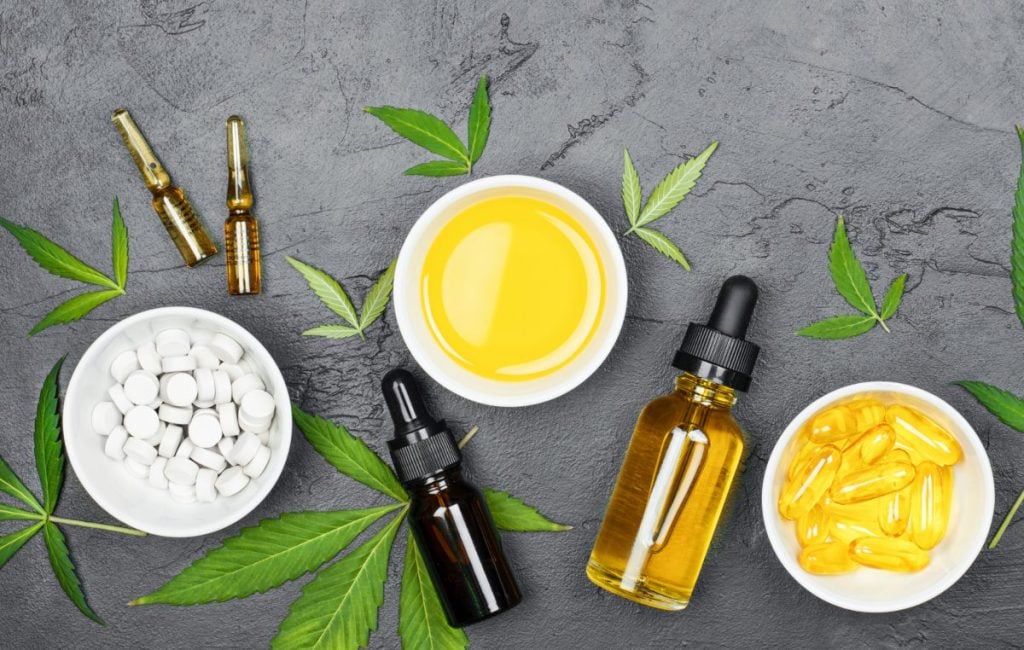
Hemp Seeds
Hemp seeds are edible and a great source of protein, fiber and magnesium, making them a valuable food source and part of the reason hemp was one of the first domesticated crops.
People sell hemp seeds as a health food. You’ll often find them sprinkled on top of salads, added to baked goods or blended into smoothies.
You can also grind them into powder and mix them with water to make hemp milk.
Manufacturers also use hemp seeds to make cold pressed hemp seed oil that contains no cannabinoids and is a good source of protein, fatty acids, and other essential nutrients.
Like olive or avocado oil, it’s best not to use hemp seed oil for cooking. Instead, drizzle it over vegetables and salads to enhance their flavor.
Hemp seed oil is a popular ingredient in health supplements and natural hair and skin products. You can use it to make luxurious handmade soaps.
It also has several industrial uses, and manufacturers use hemp seed oil in paints, varnishes and plastic flooring, like linoleum.
Hemp Roots
Hemp plants have exceptionally long roots, and when correct soil conditions are present, their roots can grow to a depth of 2 to 3 meters.
These roots allow them to draw up water and nutrients deep in the soil and help improve soil structure.
Because of this, hemp works well as a rotational crop between other cereal crops.
Hemp roots are not only good for the soil but also have a long history of medicinal use.
People use hemp root to make salves, lotions, balms, massage oils and tinctures and when dried and ground into powder, you can add hemp root to meals and smoothies.
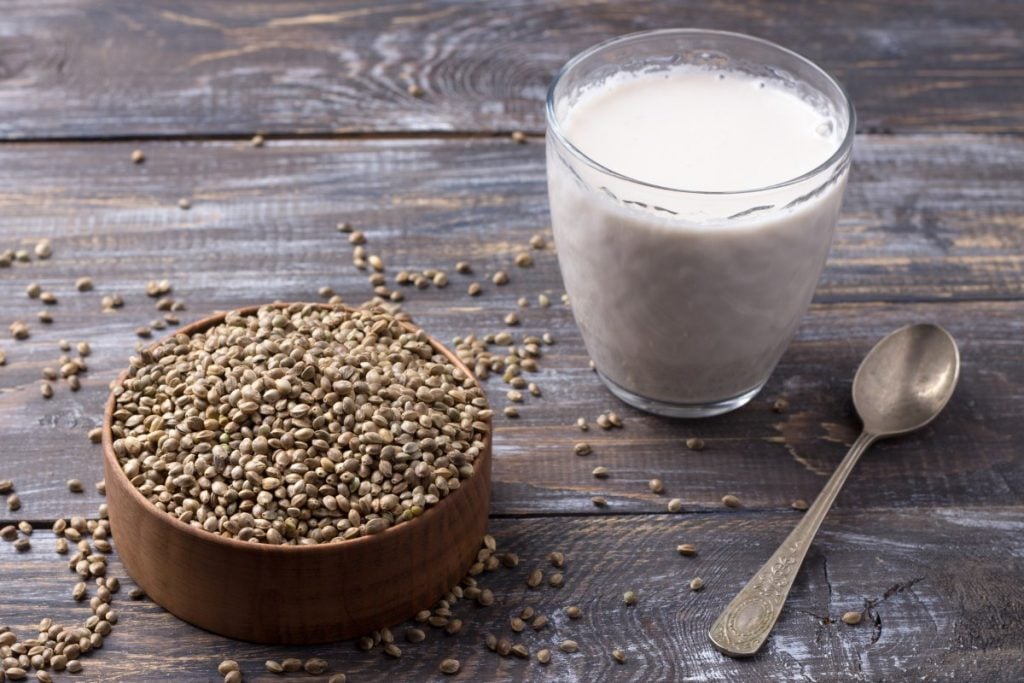
Is It Legal to Grow Hemp?
Whether it’s legal for you to grow hemp and how much THC your Cannabis sativa plants can have will depend on where you live.
As mentioned earlier, different countries and states have varied definitions and regulations around growing hemp.
The first step would be to check the laws in your country or state. You’ll usually have to apply for a license to grow hemp and may also need a farm inspection.
Contact your local department of agriculture, and if the licensing process is tricky, hiring a lawyer to help obtain the license may be worthwhile.

Is There Good Money in Growing Hemp?
The short answer to this question is yes, there is good money in growing hemp, but the amount you make can vary drastically as some hemp products are more profitable than others.
Currently CBD is in demand, making hemp very profitable for some farmers, but there’s also significant market potential for hemp fiber and seeds.
Growing hemp for fiber and seeds is best on a large scale like other industrial crops. But, when growing hemp for CBD, you can make a lot of money with a few acres.
Growing Hemp for Fiber
Growing hemp for fiber is similar to farming other crops, but the big difference is the post-harvest processing.
Hemp requires specialized processing to extract fibers from the hemp stalks, and there may not always be a hemp fiber processing plant nearby.
This scenario would mean increased transport costs or an upfront investment to purchase the necessary equipment.
One acre of hemp can produce 2.5 to 3 tons of fiber, and while the price of hemp fiber changes frequently, it averages around $250 a ton.
The cost of hemp farming for fiber varies, but estimated average costs are between $300 and $350 per acre, excluding land, machinery and post-harvest processing costs.
Working with these numbers, you could make around $450 per acre growing hemp for fiber.
Growing Hemp for Seeds
Growing hemp for seeds is similar to growing hemp for fiber, and the estimated costs are the same.
The average yield is around 1000 pounds of hemp seeds per acre, with a price per pound of between $0.6 to $0.65.
Based on these numbers, you could make $250 to $300 per acre growing hemp for seeds.
Growing Hemp for CBD
CBD is the main reason most people grow hemp and why it’s often an extremely profitable crop.
But how much you earn per acre can vary substantially depending on the method used, the quality of your plants and the percentage of CBD they contain.
While CBD is the most profitable hemp product you can produce, it also carries the most risks and has higher costs than growing hemp for fiber or seeds.
You could make anywhere from $2000 to $40 000 per acre growing hemp for CBD, and some growers have reported even higher profits.
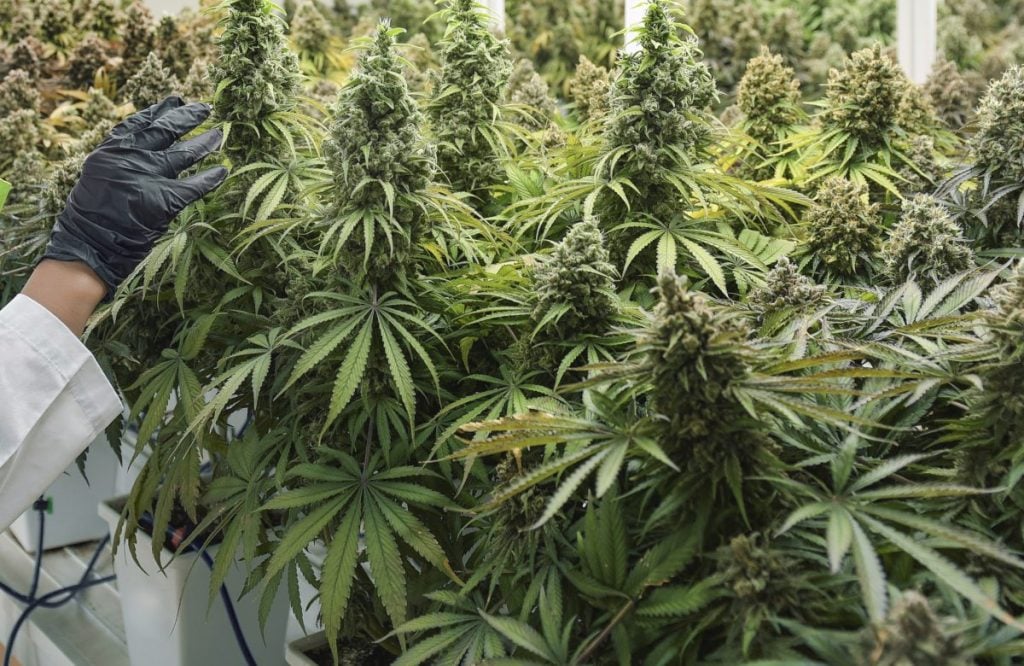
Is Hemp Hard to Farm?
Farming hemp is not easy, even though hemp plants are fast-growing and will tolerate most climates and soils.
Like many other profitable crops, growing hemp comes with its own set of unique challenges, including:
- Expensive seeds – Good quality seeds that produce plants with low THC and high CBD levels can be expensive.
- High labor costs – Hemp farming is labor intensive and often requires manual laborers for planting, weeding and harvesting.
- Post-harvest processing – You need to harvest, store and process hemp correctly to extract CBD or fiber, which can be expensive.
- Legal issues – Apart from licensing, you’ll need to ensure your THC levels are below the legally required limit in your area. If they’re not, it can mean losing an entire crop.
- Theft – Hemp plants are often mistaken for marijuana and stolen.
But, hemp is a versatile crop, and growing hemp has many positives, including:
- Fast growing – Hemp has a relatively short growing cycle and will grow from seed to a harvestable plant in 90-120 days.
- Pest resistant – Hemp needs fewer pesticides and fertilizers than many other crops.
- Improves soil – Hemp roots go very deep and help to improve the soil by adding nutrients and nitrogen.
- Eco-friendly and sustainable – hemp is a renewable, eco-friendly substitute for many unsustainable products like plastics and non-organic cotton.
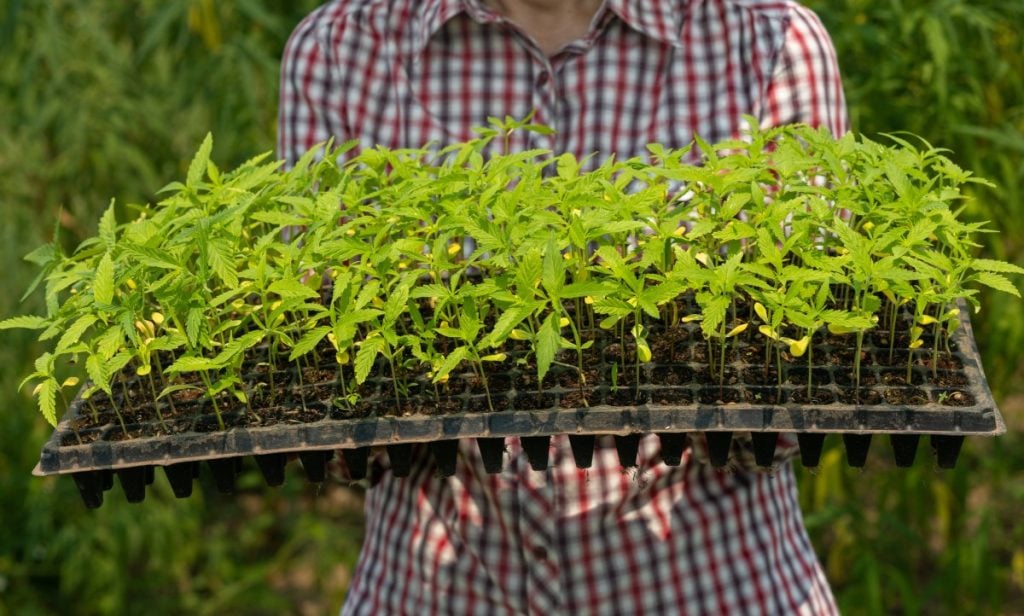
Tips for Growing Hemp for Profit
Here are some tips to help you grow hemp for profit:
1. Do Comprehensive Research
Like most other profitable crops, growing hemp requires time, money and effort. So, before you begin, learn as much as you can through research.
Get some insights into hemp, including its ideal growing conditions, processing requirements and the different strains available in your area.
If possible, talk to other farmers in your area who’ve had some experience growing hemp and find out what challenges they faced.
You can also explore websites and online forums. These have a lot of useful information for hemp farmers.
Once you have all the information, create a hemp farming business plan and budget so you know what you’re getting into.
2. Choose a Profitable Product
Some hemp products are more profitable than others but also cost more and need more inputs.
Choose a profitable hemp product that fits your circumstances based on your resources, available processing facilities and the market in your area.
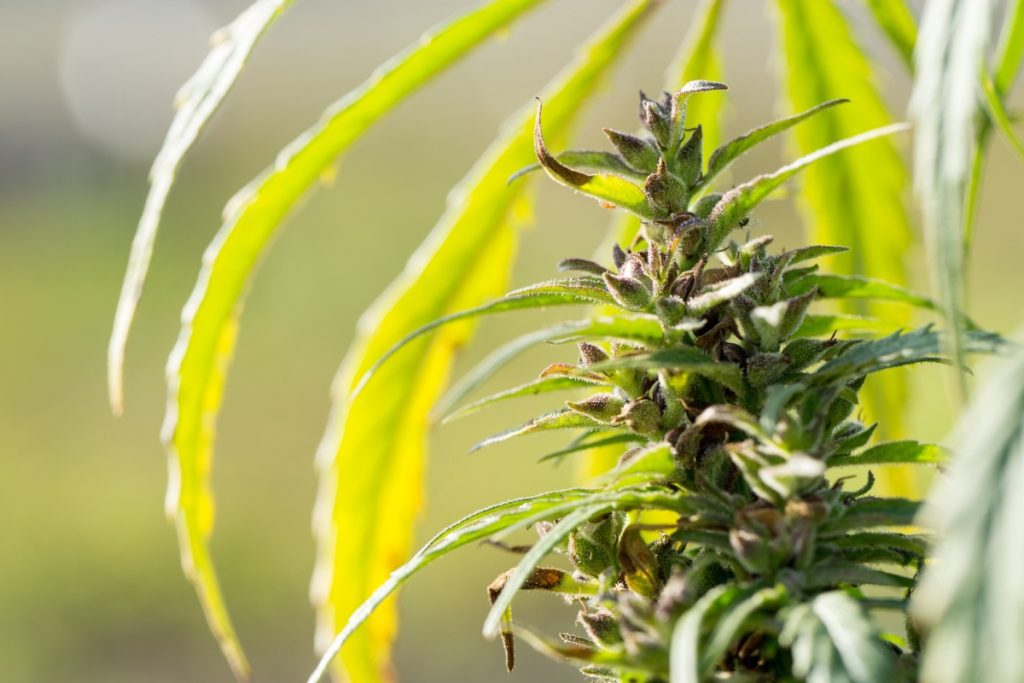
3. Select the Best Hemp Strain for Your Product
One of the most important steps in growing hemp for profit is selecting the right strain of hemp for your intended end product.
Cultivators have selectively bred different hemp strains to create plants suited to specific products and climates.
Some seeds produce plants with long straight stems for fiber production, while others grow into plants that contain more CBD oil.
If you plan on growing hemp for CBD, this is especially important because the percentage of CBD in your plants will dictate how much profit you make per acre of hemp.
4. Use Good Quality Seeds
To set yourself up for success, it’s worth investing in quality seeds with a high germination rate. Reputable hemp seed suppliers should have this information available for you.
Another important factor when growing hemp for CBD is to buy feminized seeds, as CBD oil comes from female plants.
If high levels of CBD are what you’re after, avoid male hemp plants as much as possible.
Not only do they produce low levels of CBD, but any female plants they may pollinate also produce lower levels of CBD.
5. Diversify Your Products
Growing a variety of crops on your farm can help maintain income levels when there are extreme weather events, changes in the local market and other unexpected events.
Hemp is exceptionally versatile with thousands of known uses, so even within the hemp industry, you can diversify by growing different strains and testing new products and markets.
But, there are many other profitable crops suitable for small-scale homesteads.
Growing crops like pumpkins, saffron, microgreens, mushrooms or ginseng together with hemp will help balance the risks.
6. Start Small
As with most new ventures, it’s best to start small and expand as you learn more and find markets for your hemp products.
Starting with a few acres will allow you to test the water and see how hemp does on your farm.
It also gives you time to learn more about processing and available markets before investing lots of capital.
Final Thoughts
Growing hemp can be extremely profitable, but how much money you make depends on the method used and hemp product.
You don’t earn as much when growing hemp for fiber and seeds, but they’re low-risk products with ongoing demand.
Growing hemp for CBD and hemp extracts is where you can make substantial profits, but the risks are also much higher.
Whichever you choose, remember to research first, pick a suitable product and start small, so you can learn what works without risking everything.
To learn more about other profitable crops and find ideas on ways to make money homesteading, visit our Homesteading Hub.
